Written by Joel Alderfer on October 15, 2020
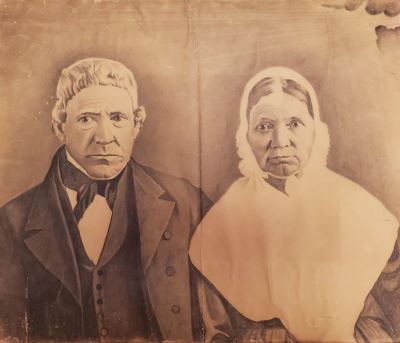
In early July, soon after we re-opened the Heritage Center from COVID-19 closure, we received a collection of rare books, artifacts, manuscripts, and records from the estate of the late Royden A. and Betty Landis Landes, formerly of Lower Salford Township, donated by their son Richard L. Landes.
Along with a career in refrigeration, and his role as a minister at Lansdale Mennonite Church, Royden Landes had what I would call a general interest in genealogy and local history, and would
Continue Reading
Written by Forrest Moyer on August 12, 2020
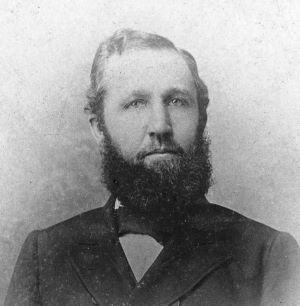
Allen M. Fretz (1853-1943) was a longtime pastor and outstanding leader among progressive Mennonites locally. In 1997, the MHEP Quarterly published a sketch of his ministry, written by grandson J. Herbert Fretz (1921-2013). We publish it now for the internet audience in two parts. The text is slightly rearranged from the original publication, and headings have been added.
First love lost
It was early September, 1883, when 29-year-old Allen Myers Fretz and his companions from Bucks County, Pennsylvania, were visiting friends and
Continue Reading
Written by Forrest Moyer on April 15, 2020
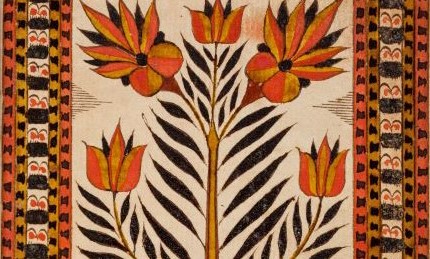
Schoolmasters who made fraktur for their students rarely signed their art. There are numerous artists who have yet to be identified or may never be known; but occasionally, evidence appears which allows historians and collectors to begin attributing artwork to a particular person.
This article, first published in the MHEP Newsletter January 1995 with the title “David Kulp, His Hand & Pen: The ‘Brown Leaf Artist’ Identified?”, describes a process of identification that may be considered typical. In this case, the
Continue Reading
Written by Forrest Moyer on March 6, 2019
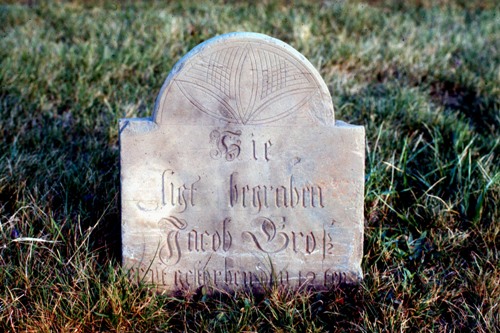
It’s been 15 years since I dove down the rabbit hole of genealogy. My interest continues to be piqued by my own ancestors, but has expanded to the stories of many others through my work at the Heritage Center and everyday conversations with folks from diverse backgrounds. The interesting characters among our ancestors are endless!
As a child, I knew that my grandmother Ruth was descended from an early American Mennonite bishop, Jacob Gross of Deep Run, Bucks County; but my
Continue Reading
Written by Forrest Moyer on November 8, 2018
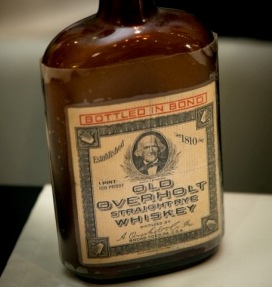
Recently the MHC participated in a pop-up exhibit at the Free Library of Philadelphia, called “Drinks in the Archives”. The event was part of Archives Month Philly, an annual month-long celebration of the rich archival resources in the Philadelphia region. The evening brought together sixteen archives and nine departments of the Free Library, to share items from their collections that relate to beverage creation and consumption.
Photos courtesy of Free Library of Philadelphia.
The Mennonite Heritage Center’s display focused on
Continue Reading
Written by Forrest Moyer on March 20, 2018
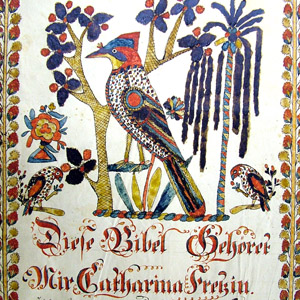
This is the last in a series of posts highlighting families descended from 18th-century Mennonite immigrants to eastern Pennsylvania, in connection with the MHC’s exhibit Opportunity & Conscience: Mennonite Immigration to Pennsylvania, on display until March 31, 2018. The stories reflect the enrichment brought to communities over centuries by the descendants of immigrants.
Bedminster and Tinicum settlers
The American Mennonite Fretz family is descended from two immigrants, thought to be brothers, who came from near Mannheim, Germany, and settled in Bucks County,
Continue Reading
Written by Forrest Moyer on March 5, 2018
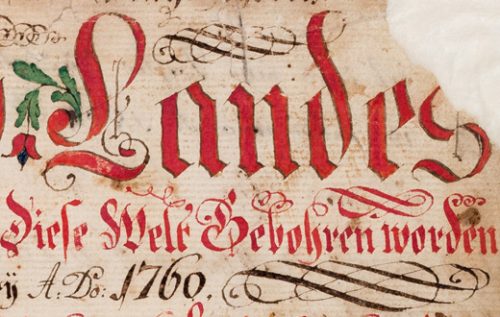
This series of posts highlights families descended from 18th-century Mennonite immigrants to eastern Pennsylvania, in connection with the MHC’s exhibit Opportunity & Conscience: Mennonite Immigration to Pennsylvania, on display through March 31, 2018. The stories reflect the enrichment brought to communities over centuries by the descendants of immigrants.
E-I-E-I-?
Old Abe Landis had a farm, E-I-E-I-O. How should he spell his name, with an “e” or an “i”?
The most common spelling of the name today is Landis, but not so in years
Continue Reading
Written by Joel Alderfer on February 2, 2018
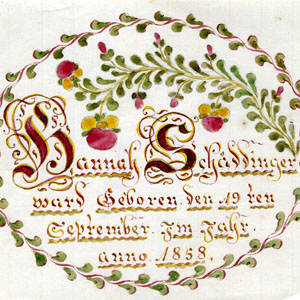
The MHC recently acquired from a rare books dealer, a manuscript tunebook dated March 1872, compiled and decorated by schoolteacher Jacob W. Gross of New Britain Township, Bucks County. Gross made the booklet for Hannah Schaddinger, his student in the “Valley Park Deutsche Schule” (Valley Park German School) in Plumstead Township, Bucks County. Schaddinger (1858-1937) was the daughter of Henry & Mary Fretz Schaddinger of Plumstead Township, and later married John Z. Loux. The bookplate is clearly signed “Geschrieben den
Continue Reading
Written by Forrest Moyer on October 23, 2017
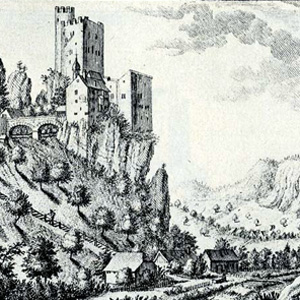
This series of posts highlights families descended from 18th-century Mennonite immigrants to eastern Pennsylvania, in connection with the MHC’s exhibit Opportunity & Conscience: Mennonite Immigration to Pennsylvania, on display through March 31, 2018. The stories reflect the enrichment brought to communities over centuries by the descendants of immigrants.
European background
The Derstine family of eastern Pennsylvania (one branch uses the spelling Derstein) is descended from Michael Dierstein (1712-1777), an immigrant who came to Philadelphia with a group of Mennonites on the ship
Continue Reading
Written by Forrest Moyer on June 14, 2017
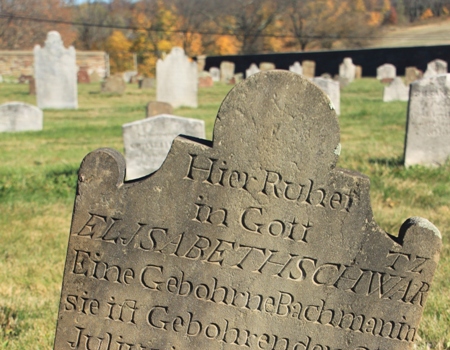
In 2016, the MHC received not one, but two collections of digital photos from local Mennonite cemeteries.
The first contains photos of all gravestones in the Deep Run Mennonite East Cemetery in Bedminster Township, Bucks County. The donor, Daryl W. Rice, shot the photos in 2015. He did an excellent job, selecting a time of day when the sun created the best light for reading inscriptions, and getting down to the level of the stones for a good angle.
Most 18th-century Mennonite
Continue Reading










